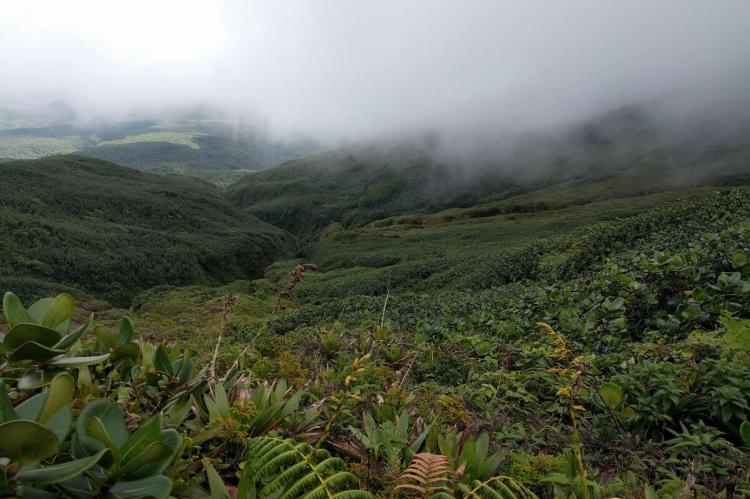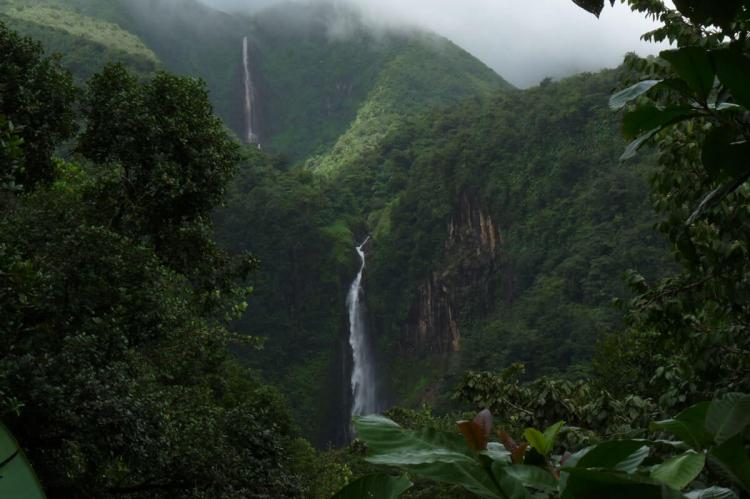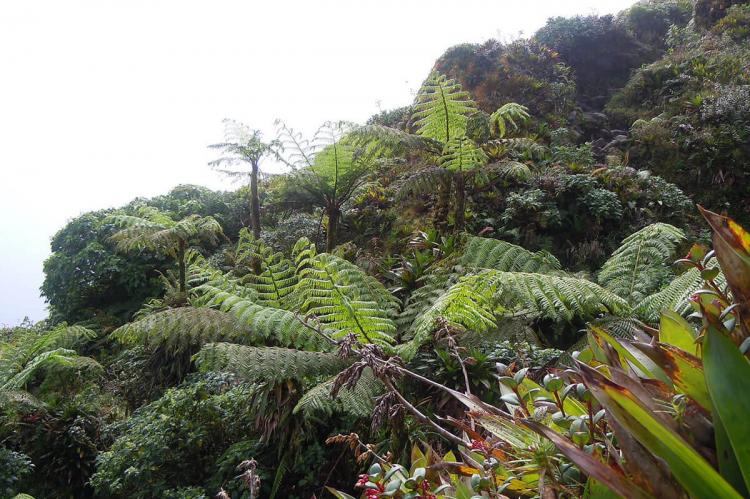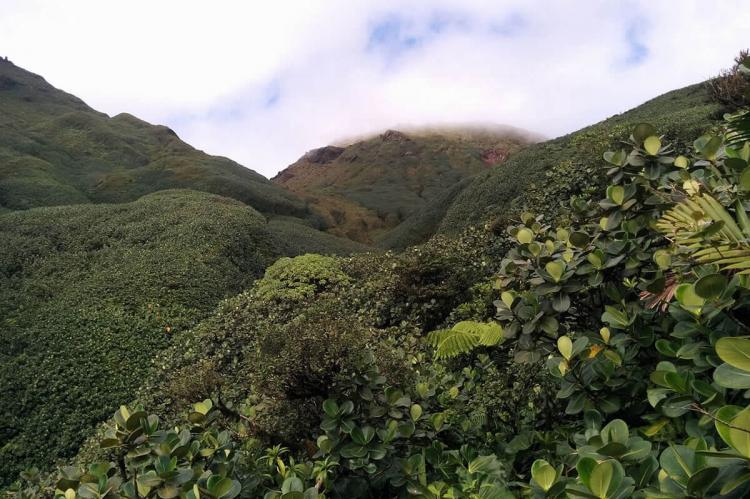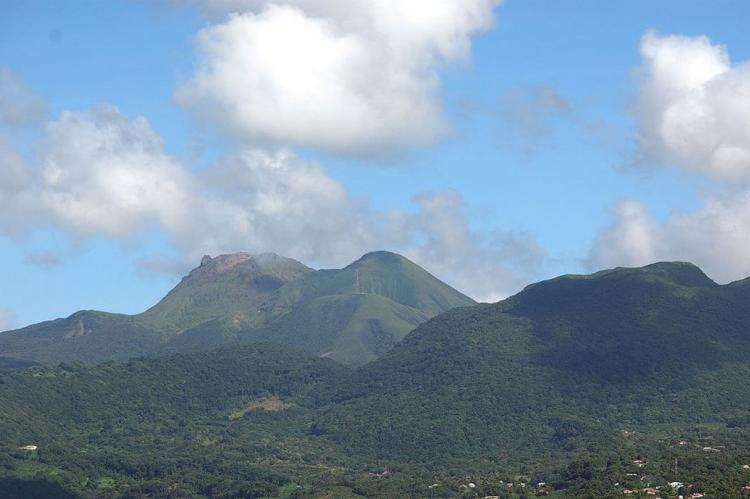Guadeloupe National Park: Protecting a Caribbean Treasure
Guadeloupe National Park, on the island of Guadeloupe, has diverse tropical ecosystems, including rainforests, volcanos, beaches, and mangrove wetlands. The park is the centerpiece of the Archipel de la Guadeloupe Biosphere Reserve and conserves the remarkable biodiversity of the Caribbean region.
Guadeloupe National Park: Protecting a Caribbean Treasure
Guadeloupe National Park is a vast protected area located on the Caribbean island of Guadeloupe, an overseas department of France. Established in 1989, the national park encompasses over 40,000 hectares (98,800 acres) of stunningly diverse tropical ecosystems, from lush rainforests and volcanic peaks to pristine beaches and mangrove wetlands. As the centerpiece of the larger Archipel de la Guadeloupe Biosphere Reserve, Guadeloupe National Park plays a crucial role in conserving the remarkable biodiversity of the Caribbean region.
The Iconic La Soufrière Volcano
At the heart of the national park stands the iconic La Soufrière volcano, an active stratovolcano that reaches an impressive 1,467 meters (4,813 feet) in height. La Soufrière is the highest mountain in the Lesser Antilles. It has erupted numerous times over the centuries, most recently in 1976, when a major eruption forced the evacuation of over 70,000 people from the surrounding areas. Today, visitors can hike to the volcano's crater rim and peer into the sulfurous abyss. The slopes of La Soufrière are cloaked in dense, lush tropical forests that harbor countless species of flora and fauna.
Diverse Terrestrial Ecosystems
Beyond the volcanic massif, Guadeloupe National Park protects a remarkable diversity of ecosystems. In the lowland areas, a mesophilic forest supports a variety of commercially important trees like mahogany and rosewood, as well as numerous crops like bananas. At higher elevations, a moist montane forest covers 80% of the park's core area, featuring towering trees up to 30 meters tall and a diverse understory of mid-level trees, shrubs, and herbaceous plants. Even higher, the park's cloud forests resemble savannas, with a more open canopy due to the extremely wet conditions.
Bountiful Marine Environments
Underlying the park's terrestrial ecosystems is an equally impressive marine environment. The adjacent Grand-Cul-de-Sac Marin Nature Reserve, part of the Biosphere Reserve, encompasses a vast 15,000-hectare (37,000-acre) bay teeming with life. Coral reefs, seagrass beds, mangrove forests, and other coastal wetlands provide critical habitat for sea turtles, countless species of fish, and numerous migratory and resident birds.
Biodiversity and Cultural Significance
Guadeloupe National Park and Biosphere Reserve are home to over 1,000 plant species, many of which are endemic and found nowhere else on Earth. The park also supports numerous threatened animal species, including the Guadeloupe iguana, the Sisserou parrot, and the yellow-shouldered bat. This remarkable biodiversity is a testament to the region's ecological importance and the national park's vital role in conserving it. Beyond its natural wonders, Guadeloupe National Park also holds great cultural significance, with its landscapes and ecosystems intertwined with the history and traditions of the indigenous Carib people.
Ecotourism and Conservation Challenges
Today, Guadeloupe National Park and Biosphere Reserve are major draws for ecotourism, attracting hikers, birdwatchers, and nature enthusiasts worldwide—numerous hiking trails wind through the park's diverse habitats, immersing visitors in the lush tropical environment. Guided tours and educational programs also help visitors learn about the park's unique ecology and cultural significance. However, the Guadeloupe National Park and its surrounding ecosystems face various threats, including the impacts of hurricanes, unsustainable tourism practices, deforestation, and water pollution.
Despite these challenges, Guadeloupe National Park and Archipel de la Guadeloupe Biosphere Reserve remain natural and cultural treasures. Through its dedicated efforts to protect the region's biodiversity and support sustainable development, the park plays a vital role in safeguarding the ecological and cultural heritage of the Caribbean. For those fortunate enough to visit, Guadeloupe National Park offers a glimpse into a vibrant, lush, and awe-inspiring corner of the world.
